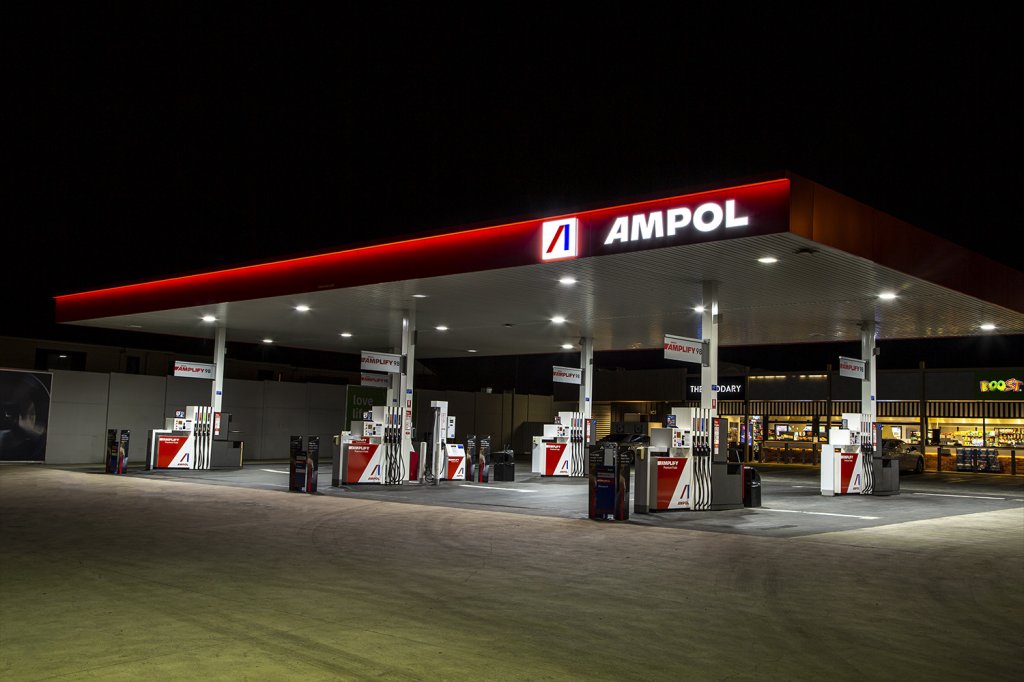This piece has been contributed by Coates Business Development Manager, Lesley Keiller.
As technology continues to advance at a rapid pace, traditional signage finds itself at a defining moment, where adaptation is needed for sustained relevance. While physical signs have long been essential for business visibility and brand identity, they now encounter significant challenges as digital alternatives and shifting consumer expectations transform the marketplace. Let’s explore the key challenges that traditional signage faces in 2025; while also highlighting why it remains a valuable component in any brand signage strategy.
A New Era for Traditional Signage
Despite facing challenges, traditional signage is far from obsolete. It continues to provide unique benefits, such as physical presence, elevated brand visibility, accessibility for all demographics, and around-the-clock exposure without the need for internet connectivity or digital devices.
Traditional signage that complements rather than competes with digital alternatives are likely to thrive in this evolving landscape. By emphasising its unique strengths while addressing its limitations, traditional signage can maintain a significant role in a comprehensive marketing strategy.
The most successful businesses are likely to adopt a balanced approach, utilising traditional signage for its permanence, visibility, and accessibility, while also leveraging digital options for their flexibility, interactivity, and measurability. This integrated strategy ensures maximum impact across all potential customer touchpoints in an increasingly complex environment.
The Digital Transformation
The rise of digital signage continues to pose a significant challenge to traditional signage. Digital displays offer dynamic content that can be updated in real time, personalised through AI, and integrated with IoT technology. These features enable capabilities such as traffic-based content adjustments and interactive wayfinding, which traditional signage simply cannot match.
Furthermore, businesses increasingly demand measurable ROI and engagement metrics, putting traditional signage at a disadvantage due to its lack of built-in analytics capabilities found in digital alternatives. And the inability to easily A/B test or modify static signs based on performance data further widens this gap.
As brands increasingly adopt tech-forward strategies that incorporate AR, QR codes, and AI-driven personalised content, traditional signage must find creative ways to bridge these digital experiences. Otherwise, it risks becoming a disconnected element in an otherwise seamless omnichannel approach.
Sustainability Pressures
Environmental concerns have become a significant factor influencing signage choices and development. Businesses are increasingly seeking sustainable solutions that align with their goals and demonstrate their environmental consciousness to consumers.
For example, traditional vinyl and plastic signage is facing growing criticism due to its environmental impact, and materials such as wood and plastic are being replaced by composites and recycled alternatives. This shift needs innovation that many traditional signage manufacturers are still working to implement.
Moreover, durability is a crucial consideration in high-traffic or harsh environments. Newer materials and digital options often outperform traditional signs in terms of longevity and maintenance efficiency, further tipping the balance in favour of alternative solutions.
Evolving Consumer Behaviour and Expectations
Today's consumers have been shaped by smartphones, social media, and smart digital displays and therefore expect interactive and personalised experiences. As a result, traditional signage can feel outdated compared to the immersive digital experiences that have become common place.
Changing behaviours also influence the effectiveness of signage. With people spending more time online and less time in physical spaces, traditional signage receives fewer impressions. Additionally, the shift to online shopping in retail sectors has reduced foot traffic in some areas, directly impacting the effectiveness of storefront and in-store signage.
Building Impactful Brand Presence Since 1963
At Coates, we bring decades of expertise to every signage project. Our team creates indoor and outdoor signage that meets the highest standards of safety, compliance, and durability. By combining thoughtful design with quality materials, we help brands make a lasting impression in physical spaces.
Our work with Ampol demonstrates the continuing power of traditional signage in brand transformation. In a major nationwide rebrand, Coates helped Ampol create a unified visual identity across their extensive network. Our 50-year partnership with McDonald's ANZ further highlights the lasting value of traditional signage, with Coates supplying next-generation building and drive-thru traditional signage solutions across hundreds of restaurant locations throughout Australia and New Zealand.


